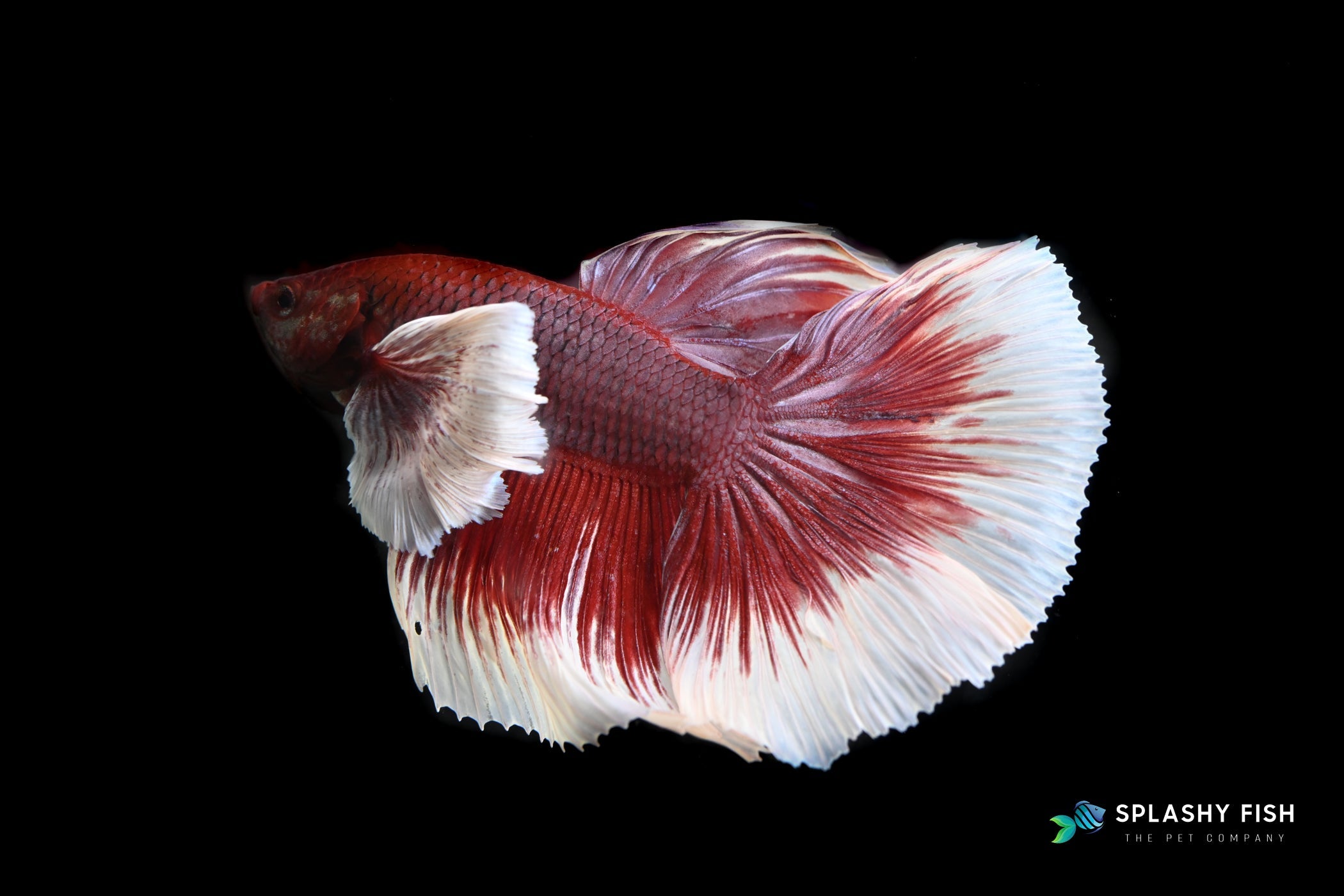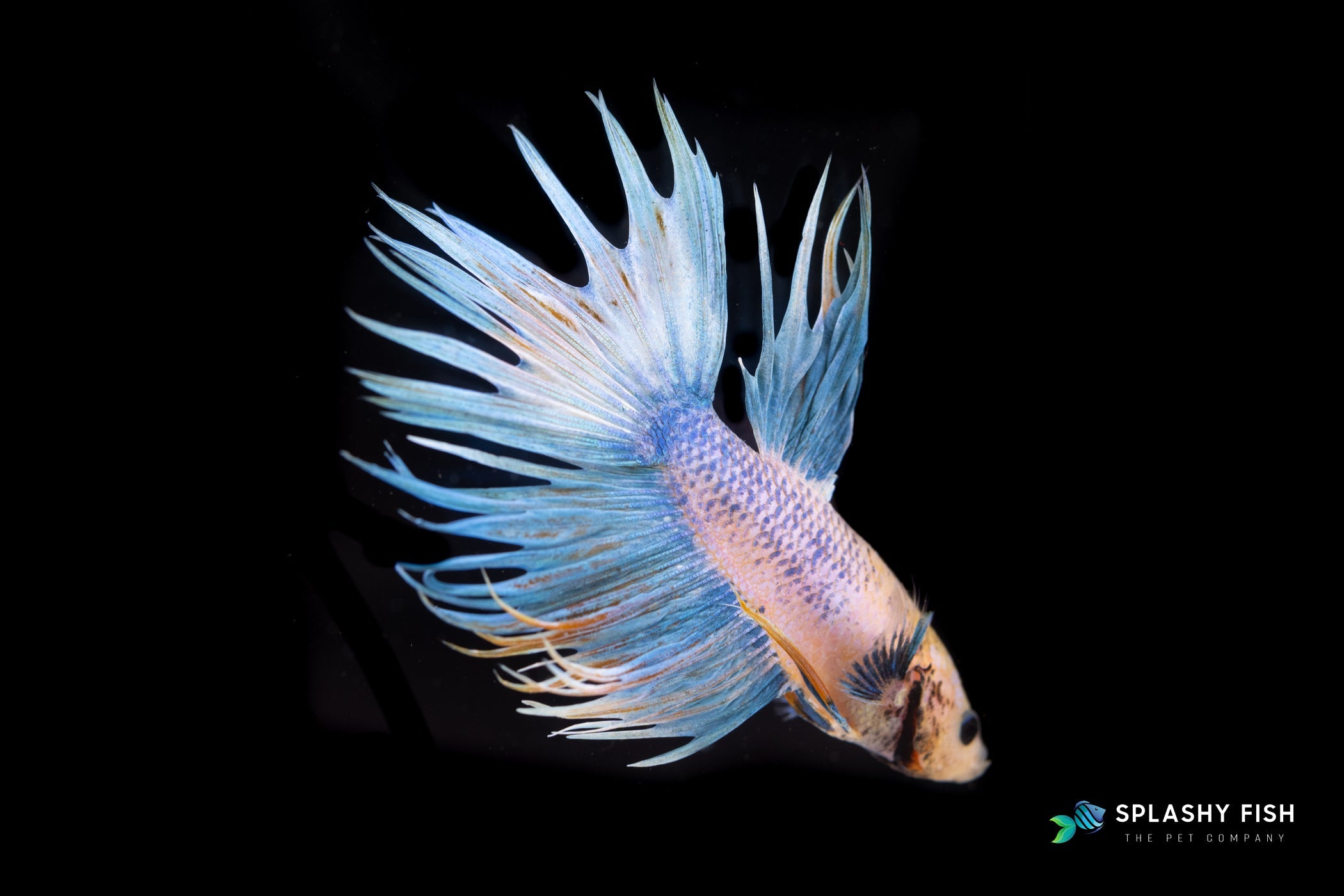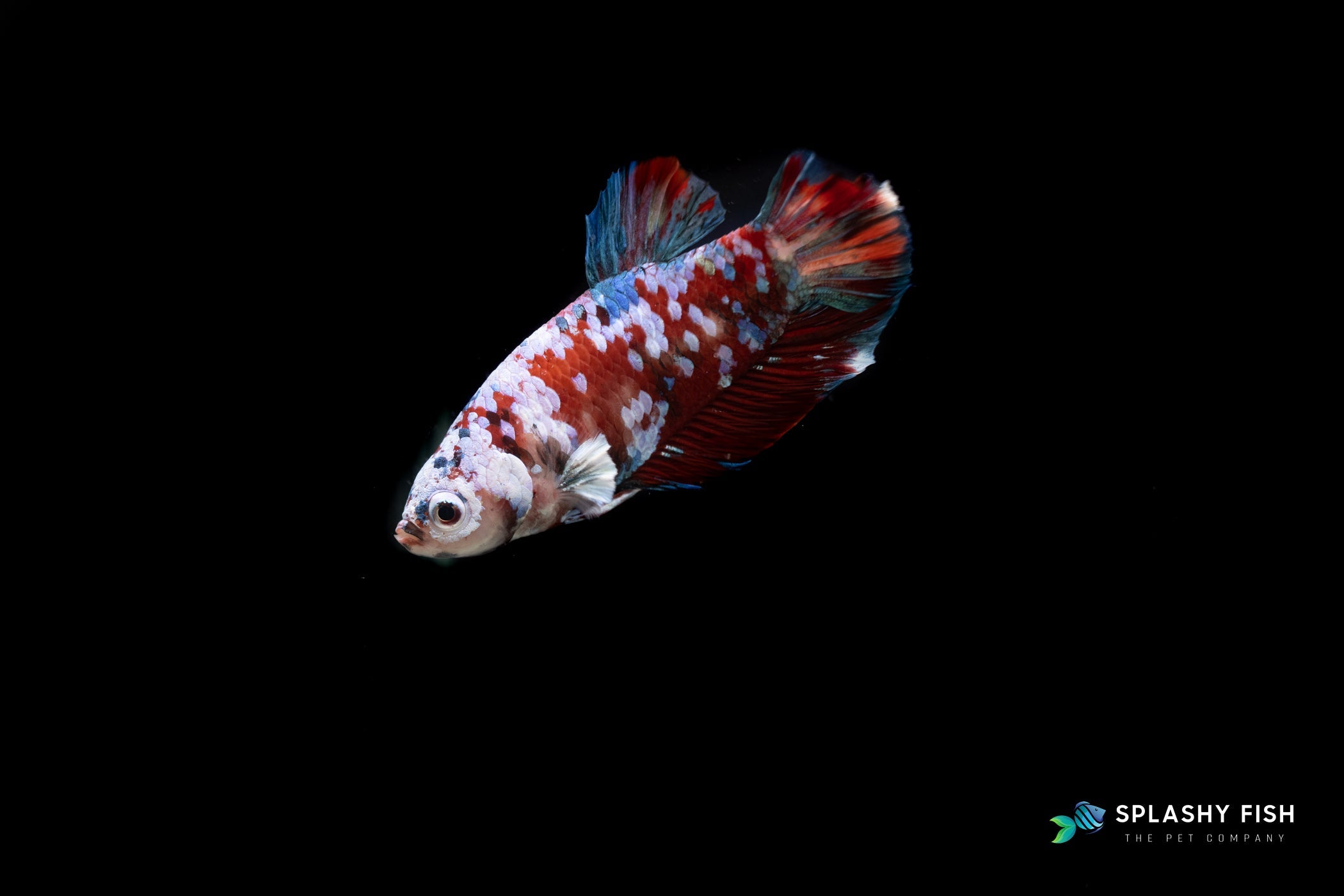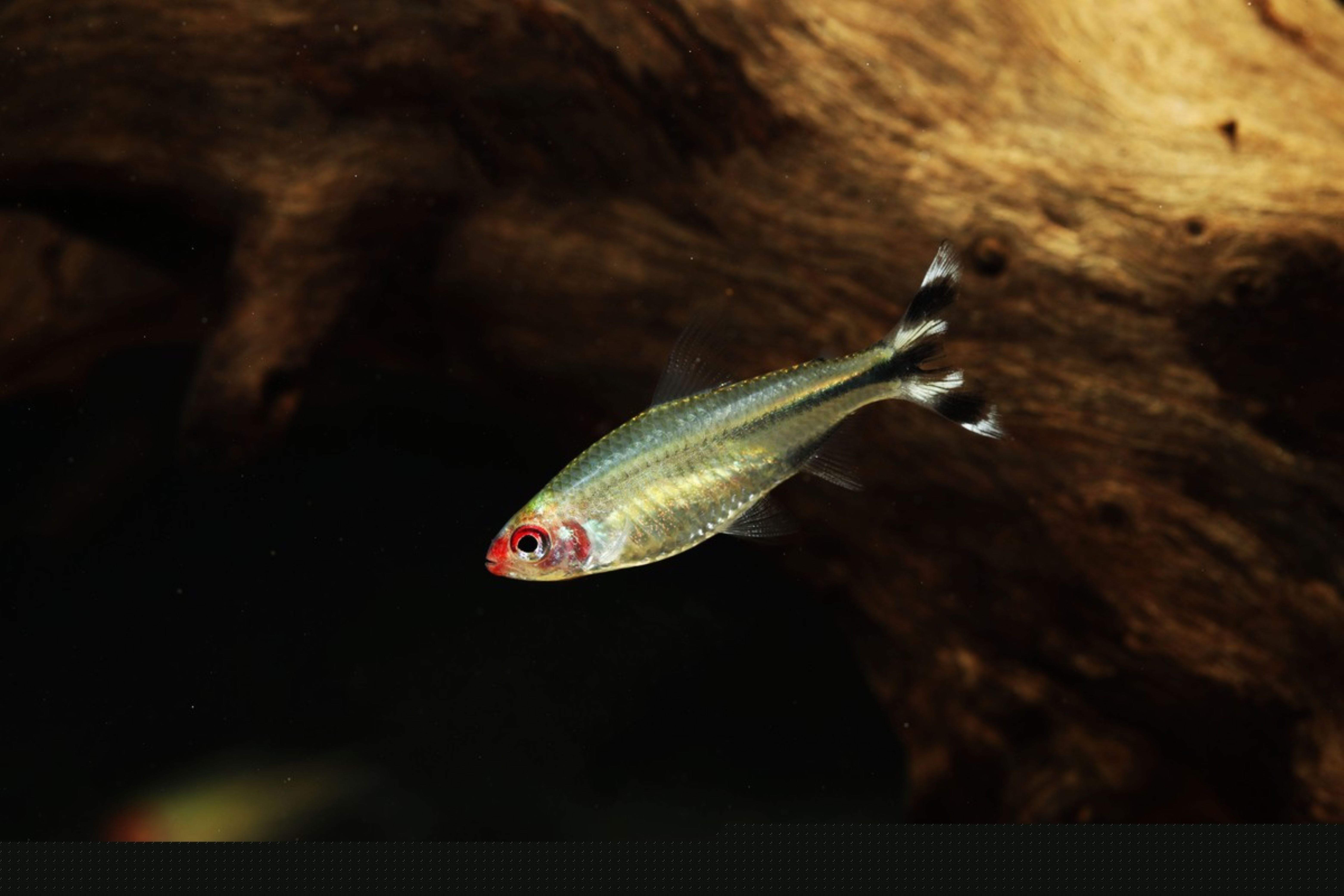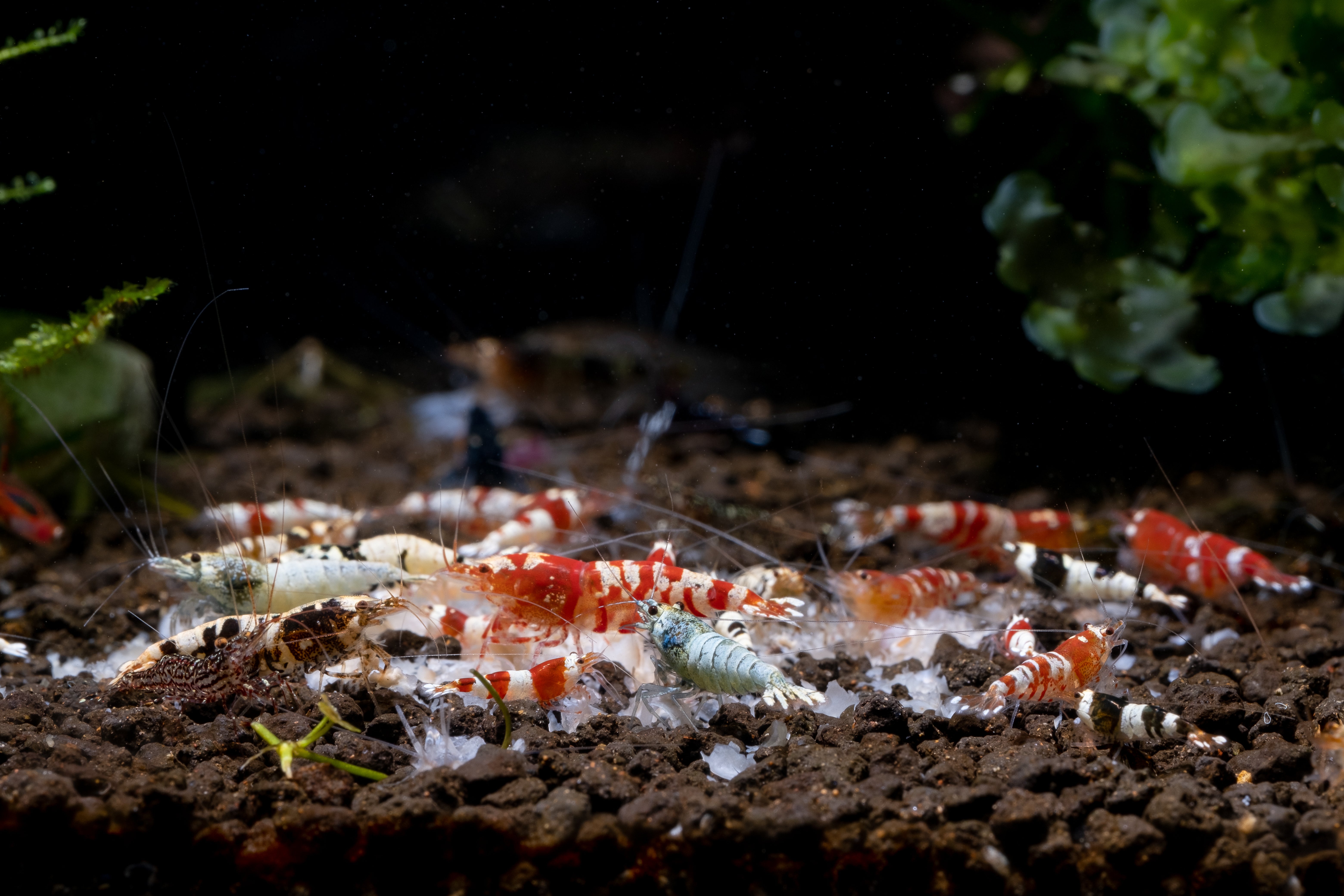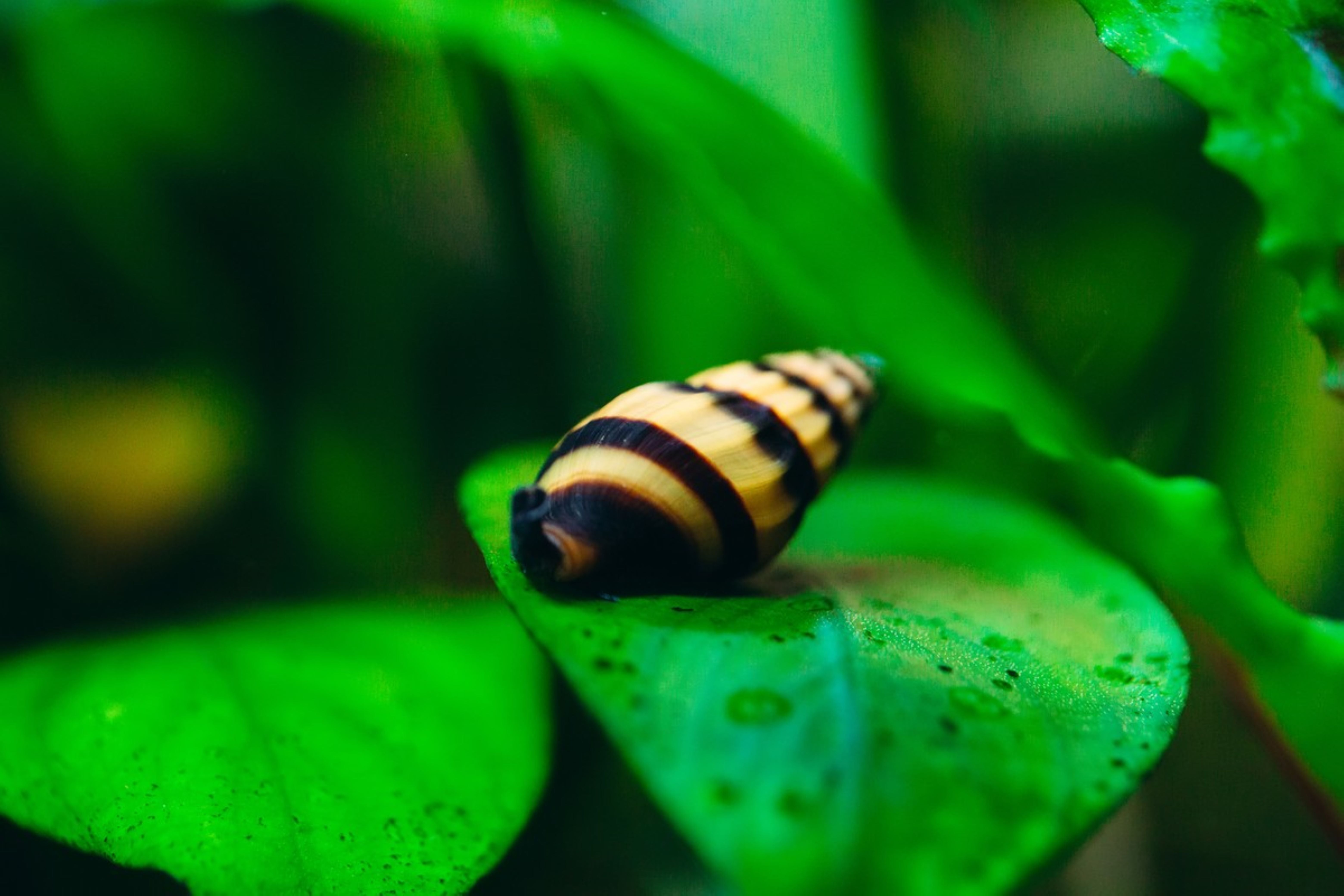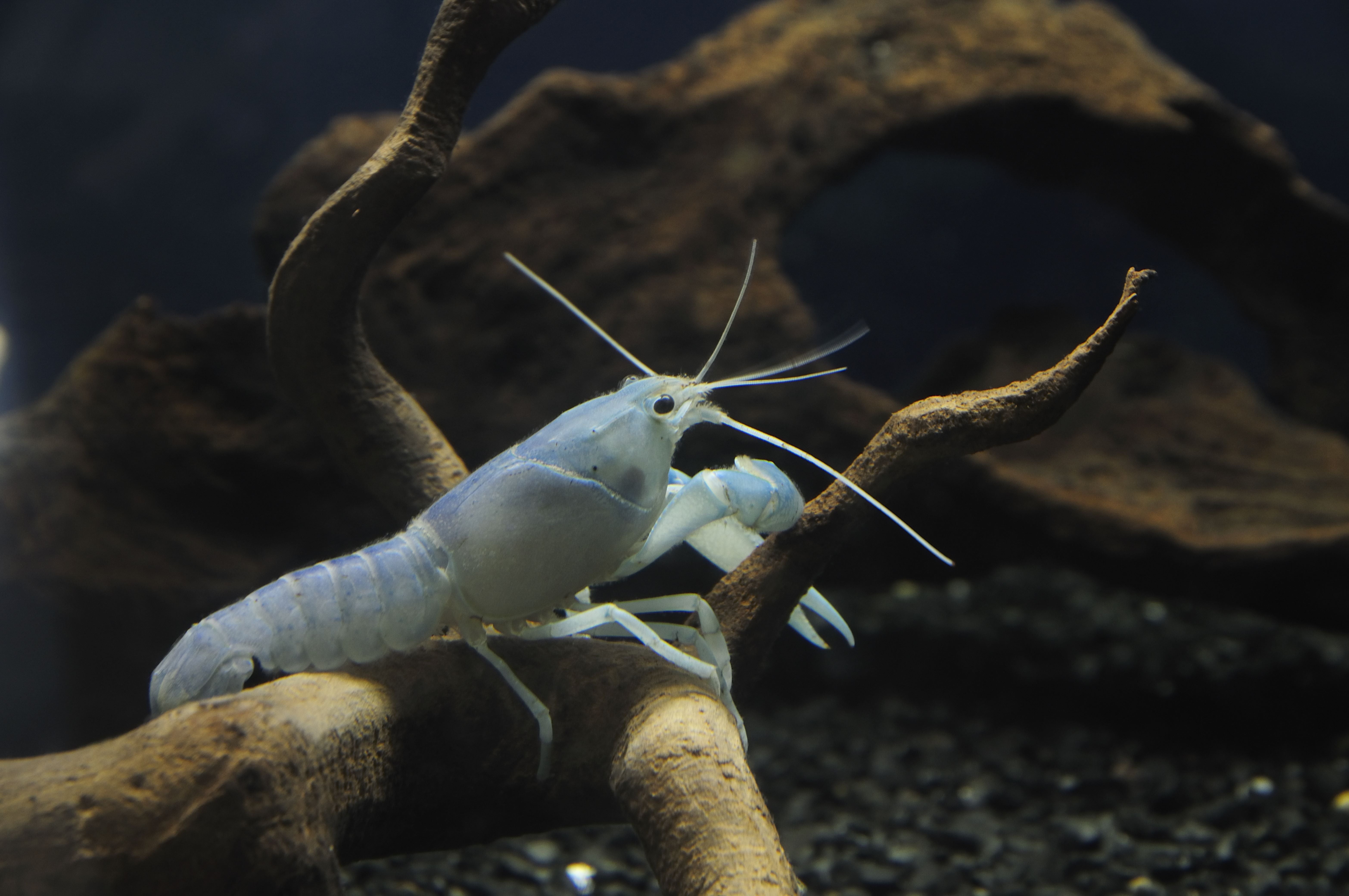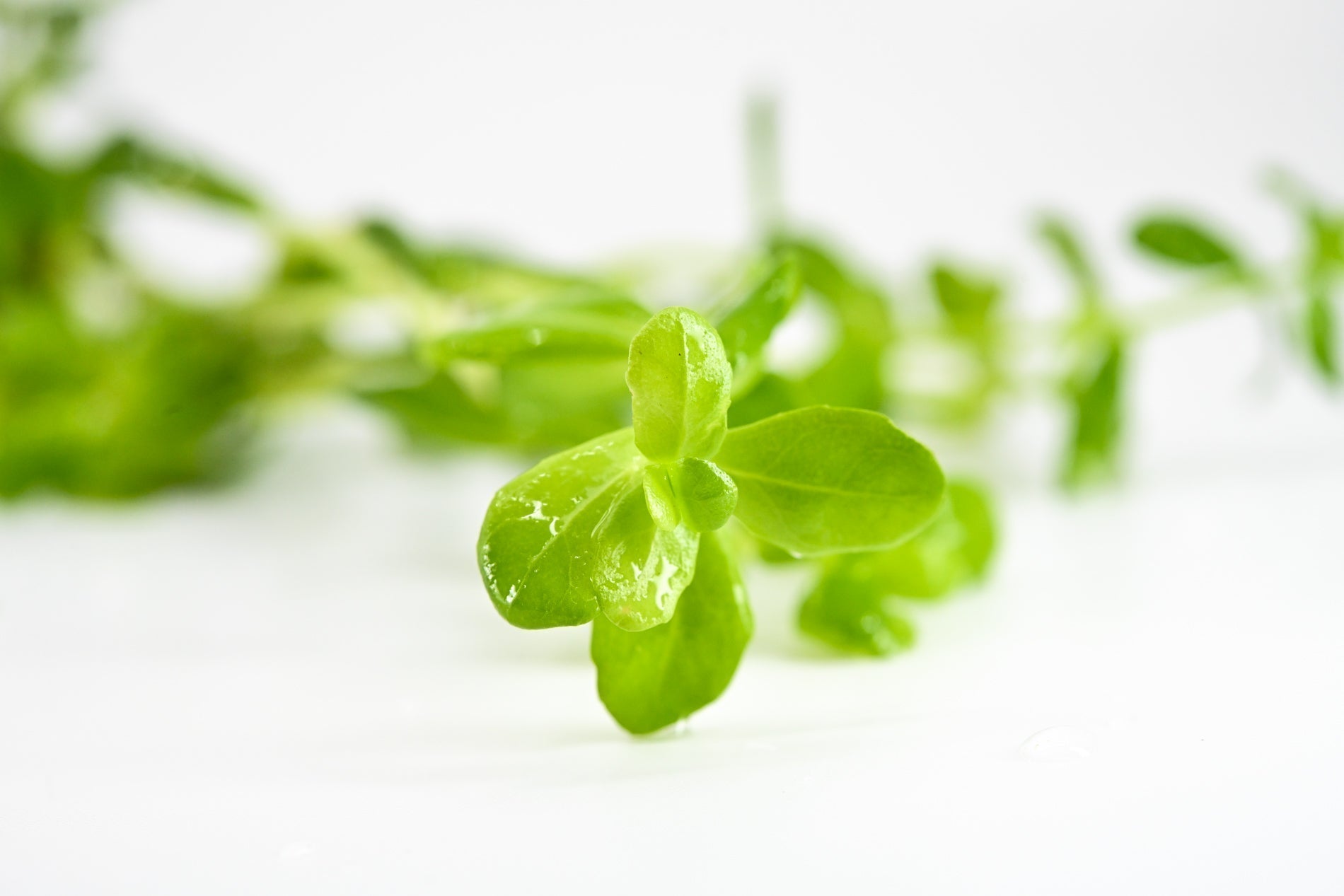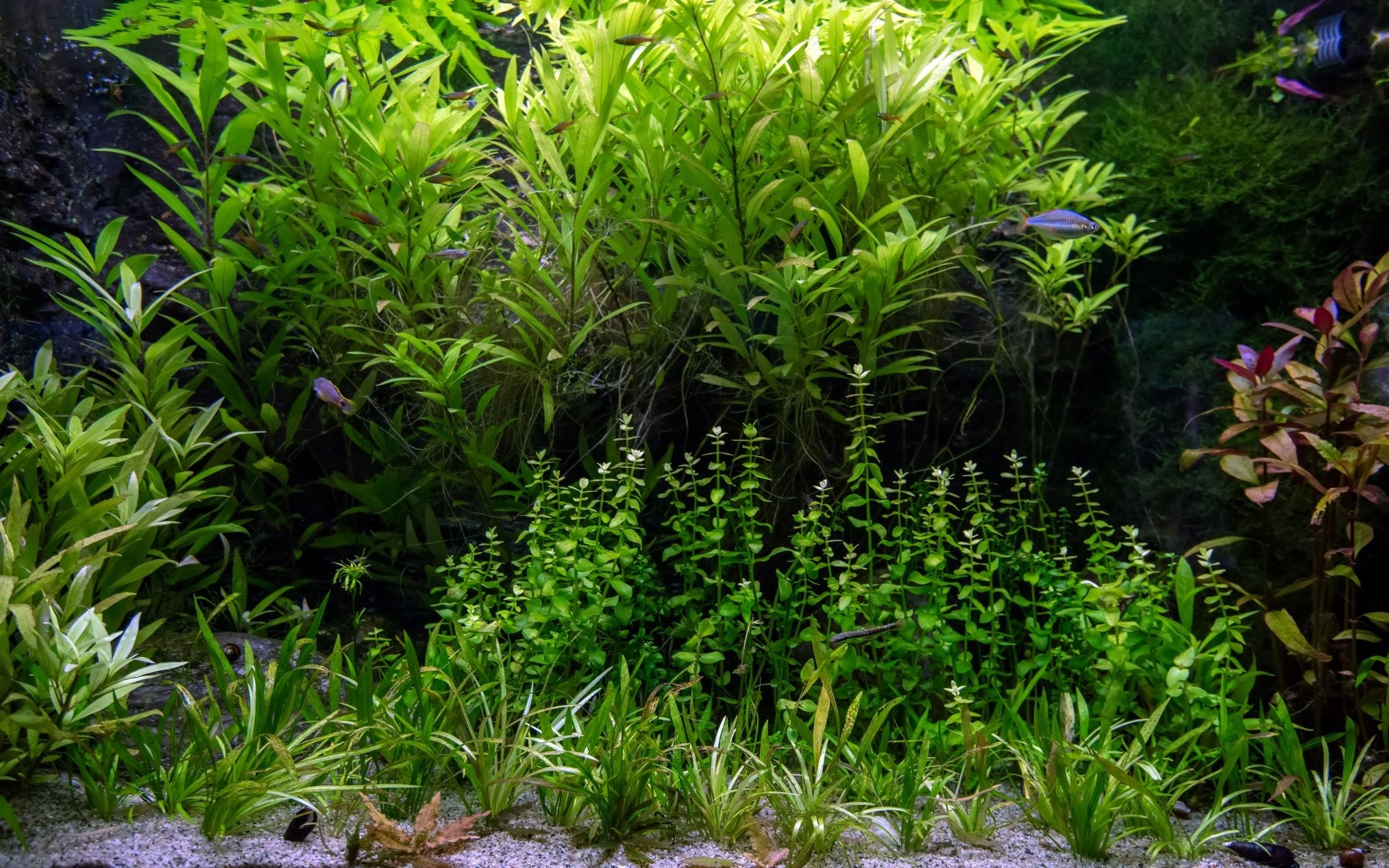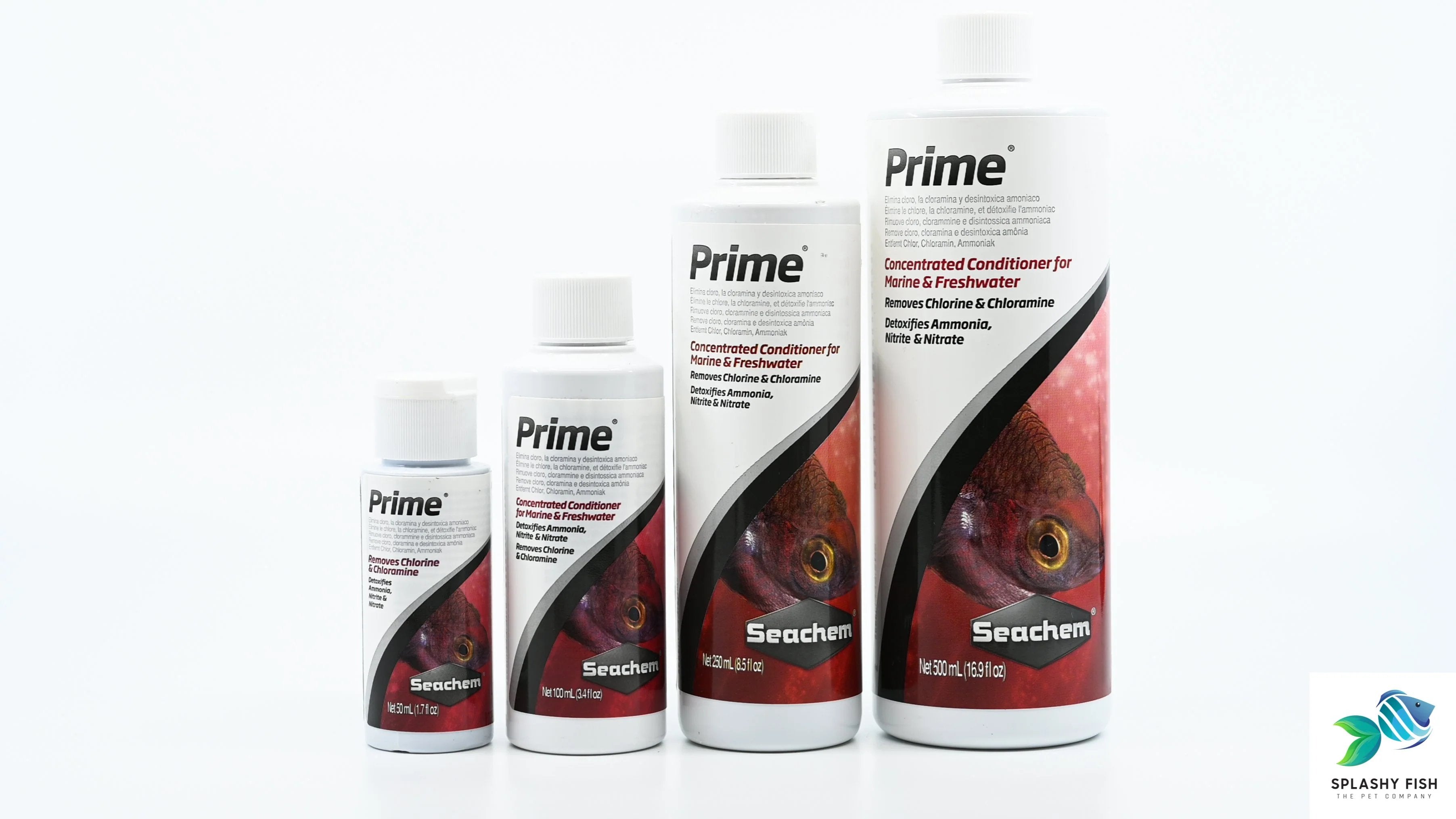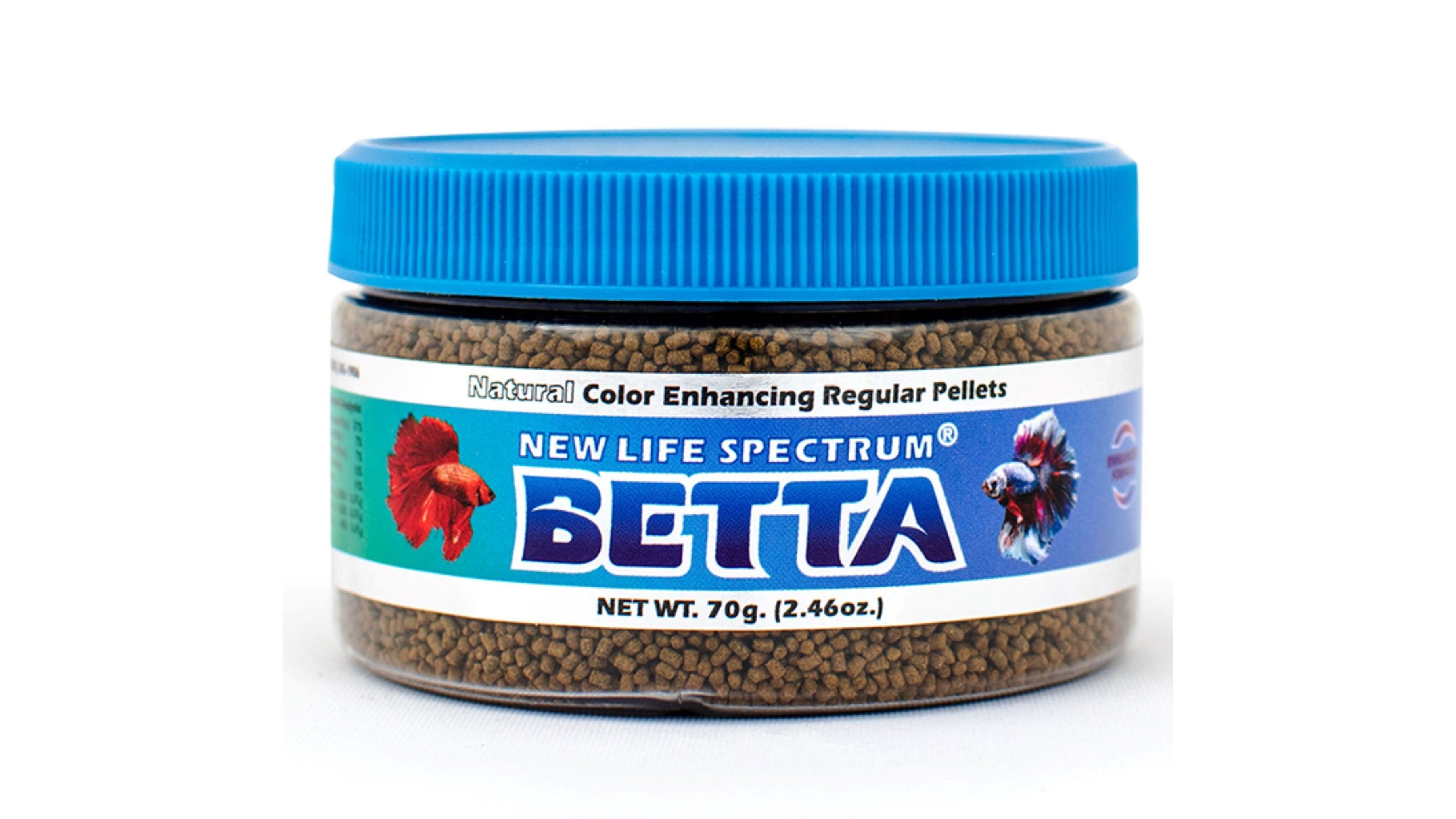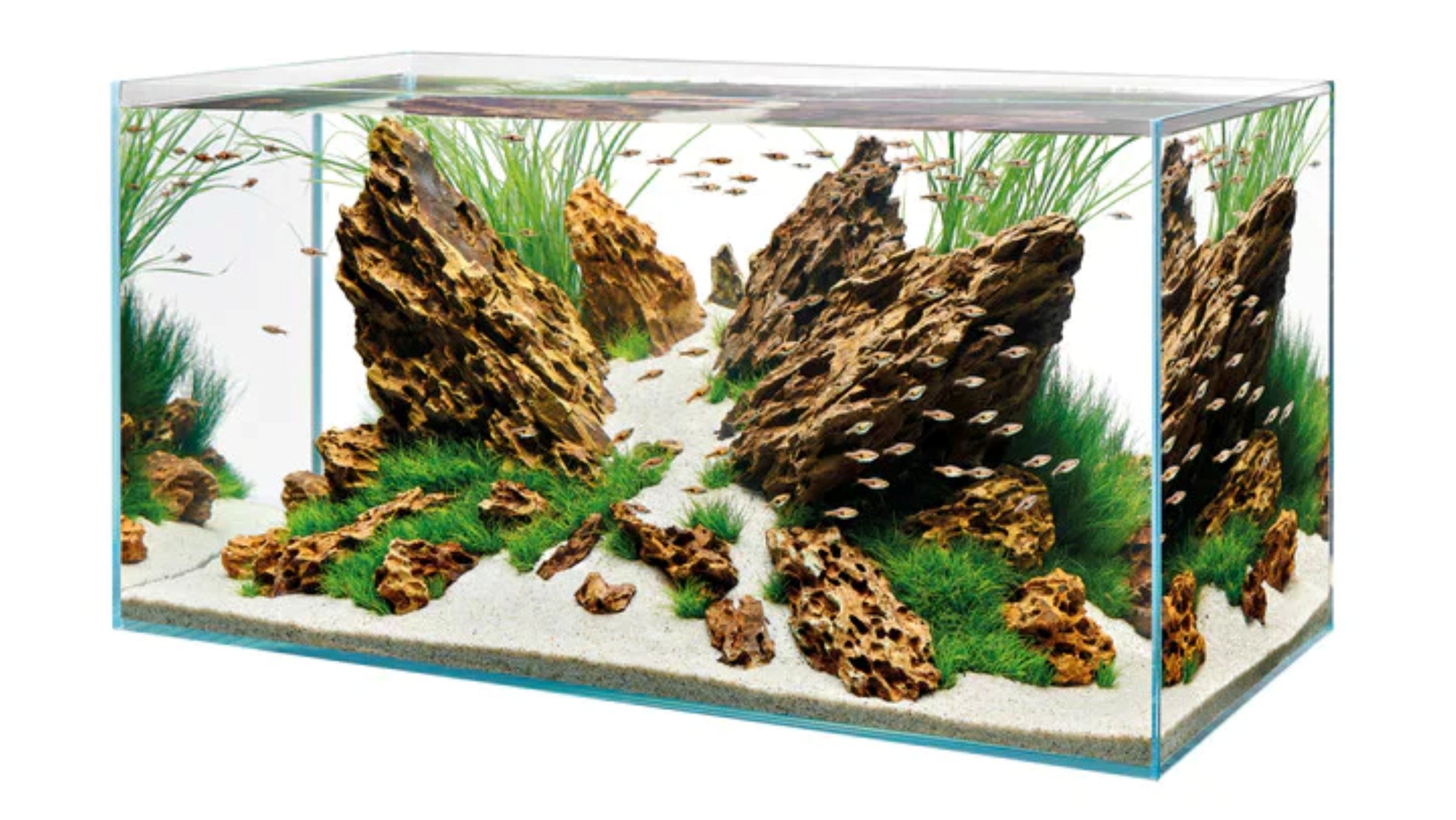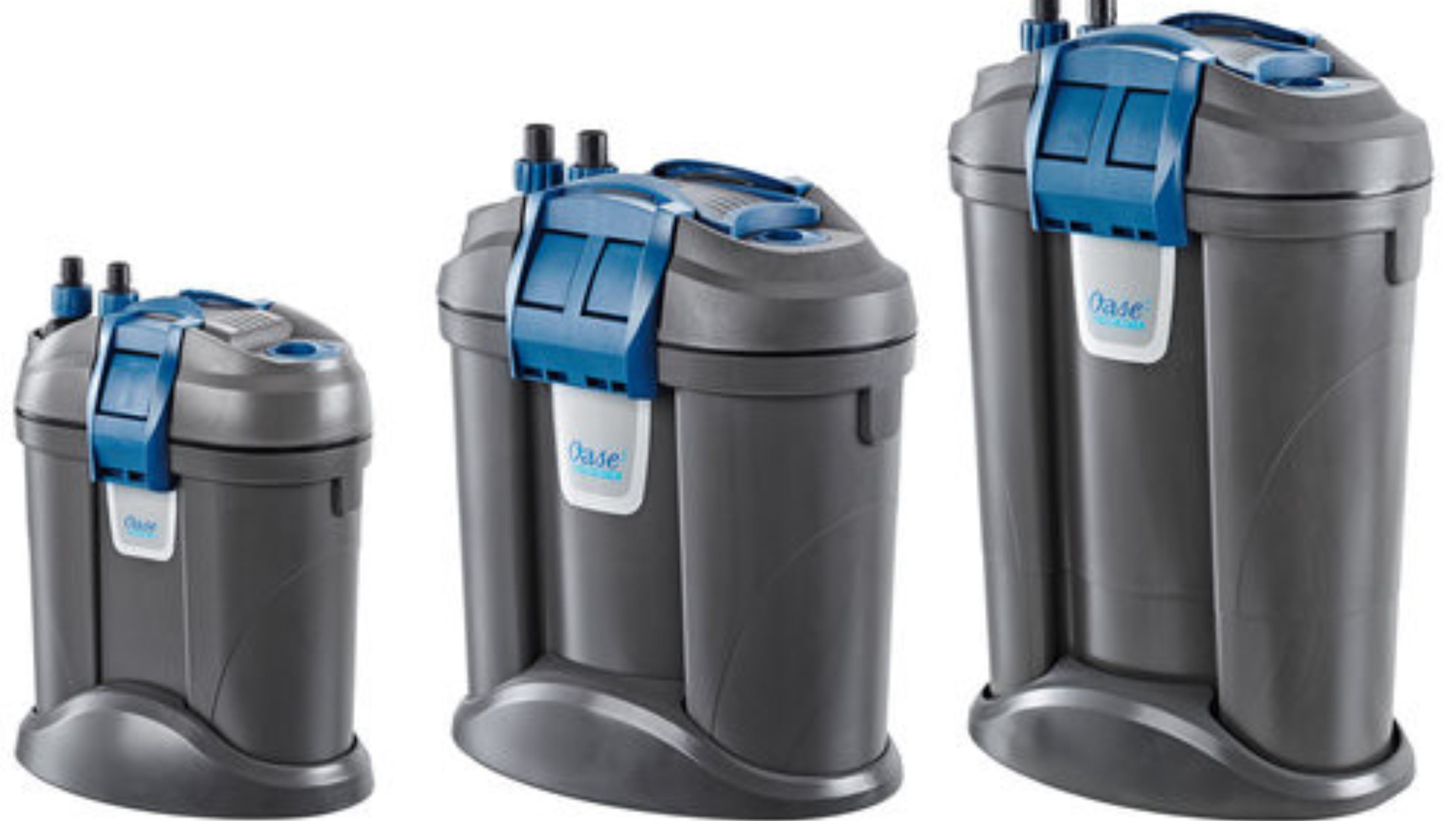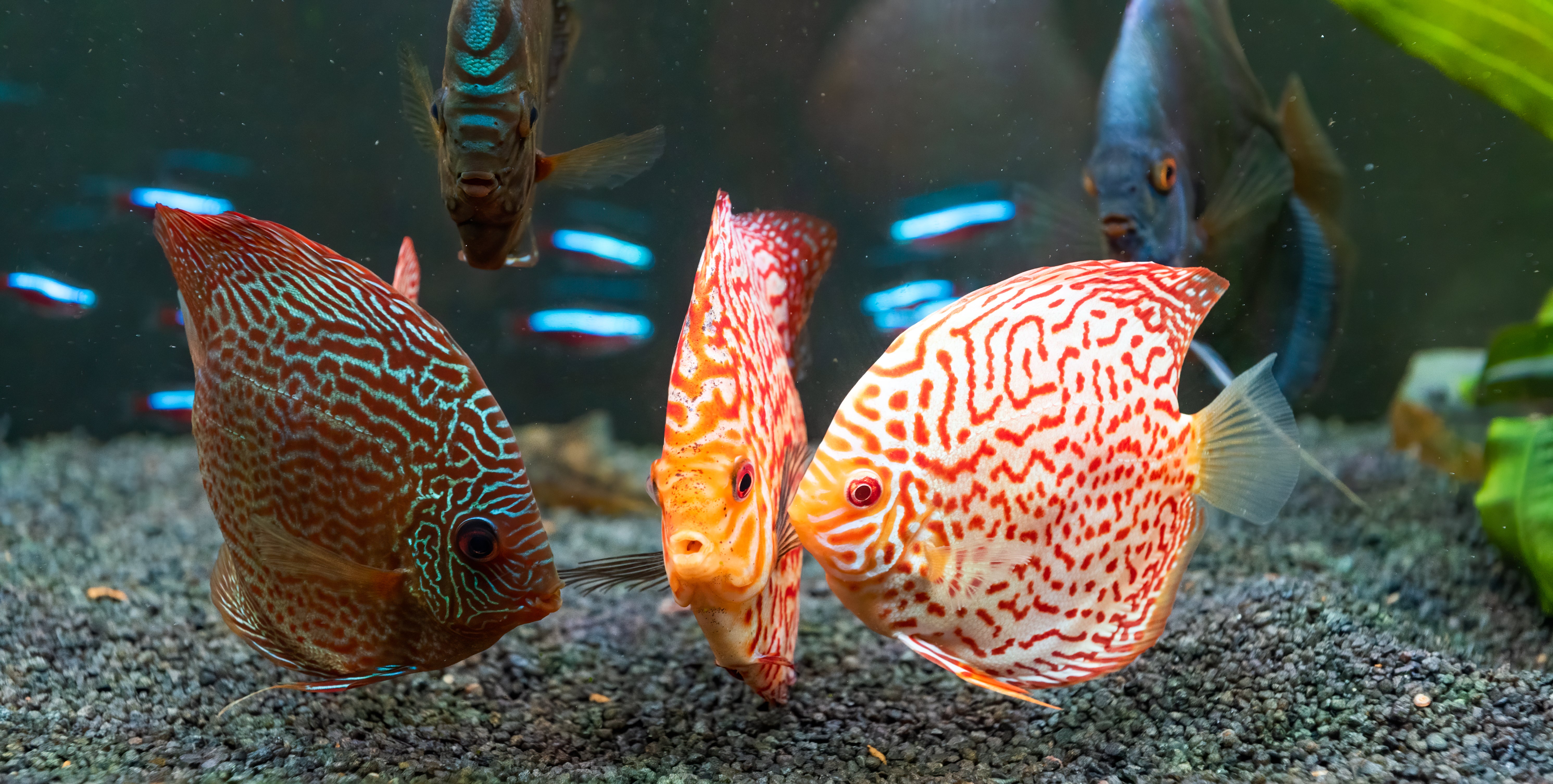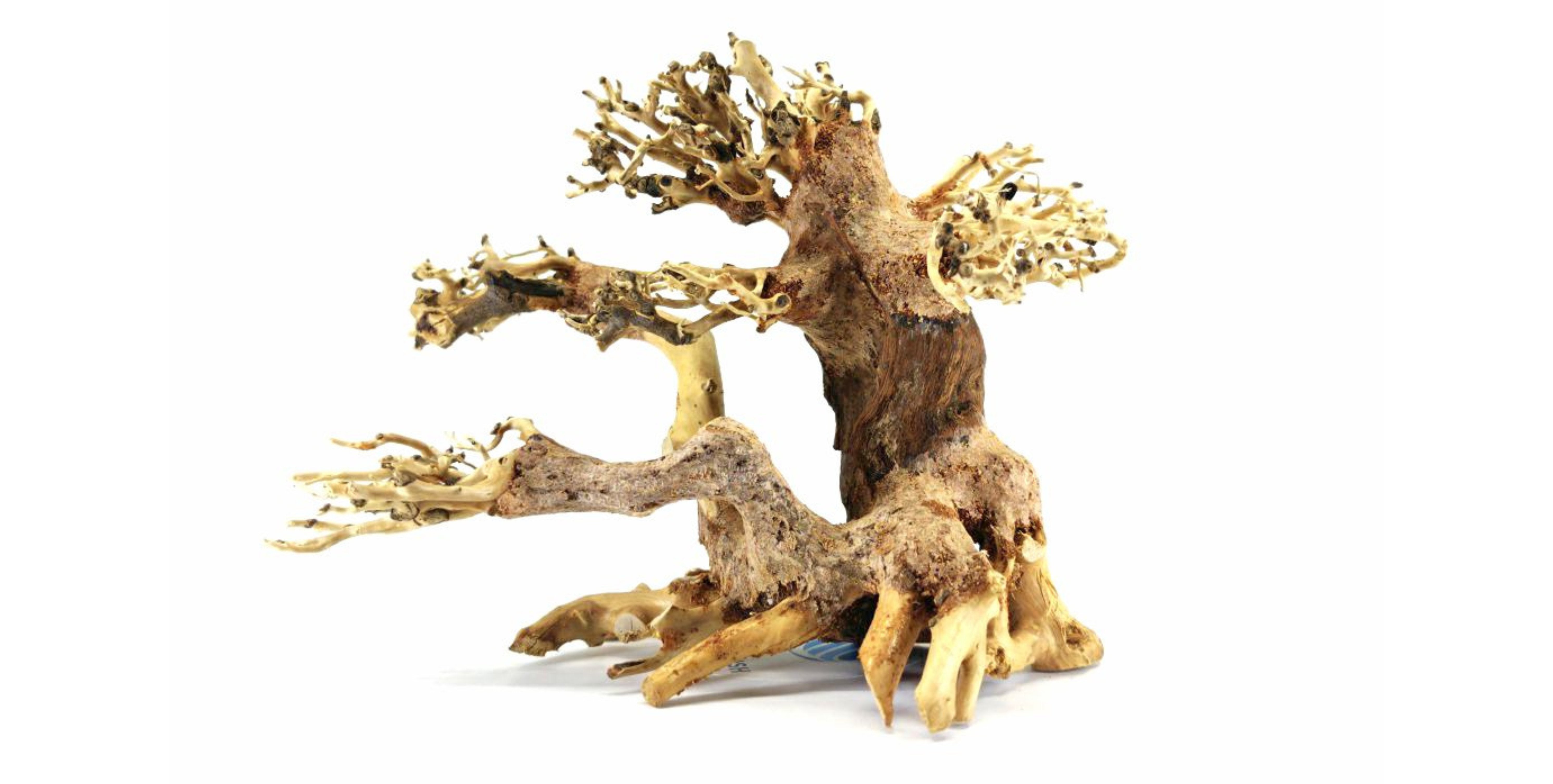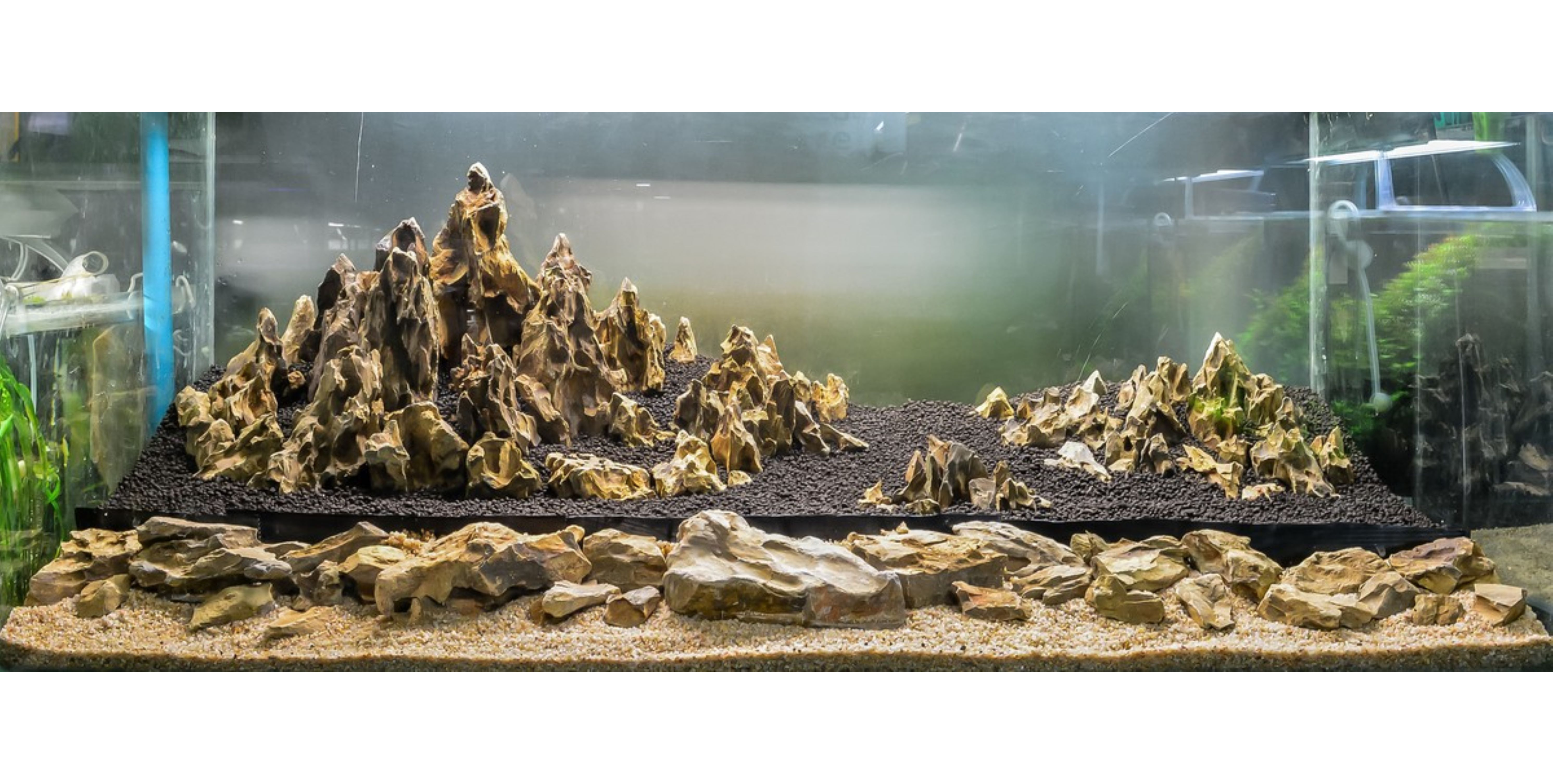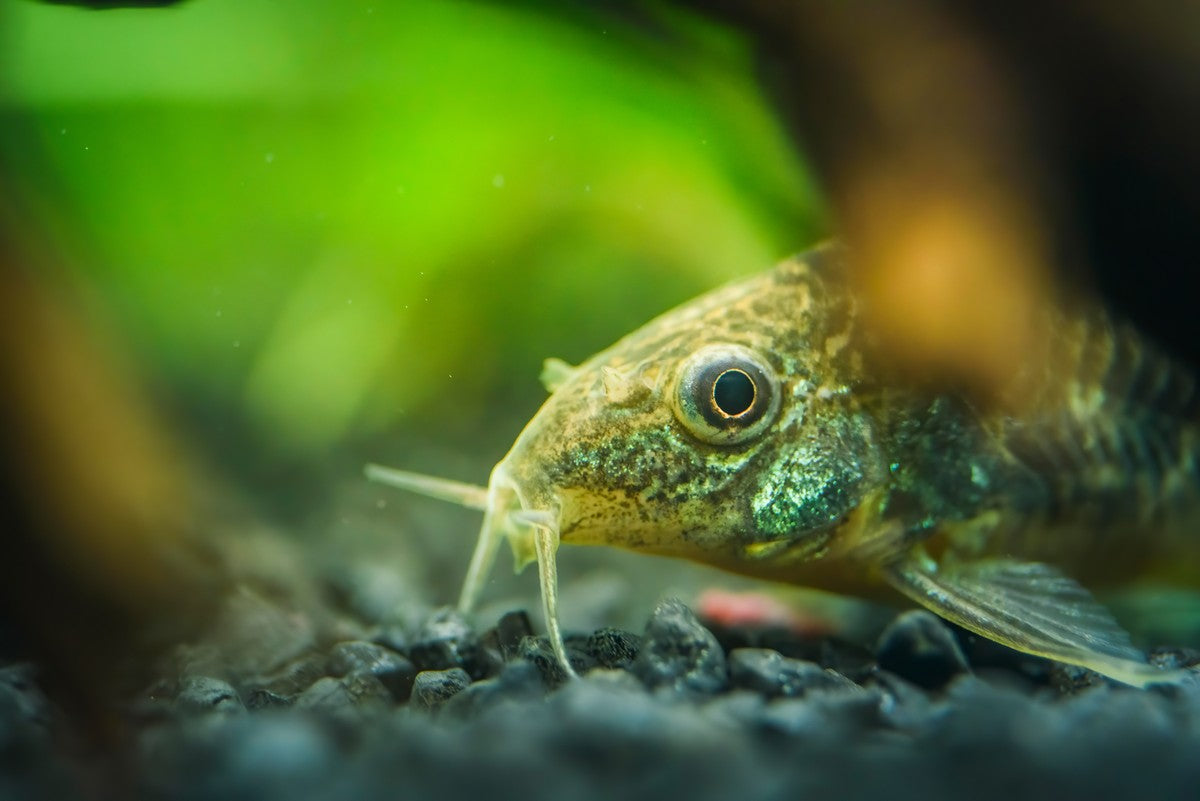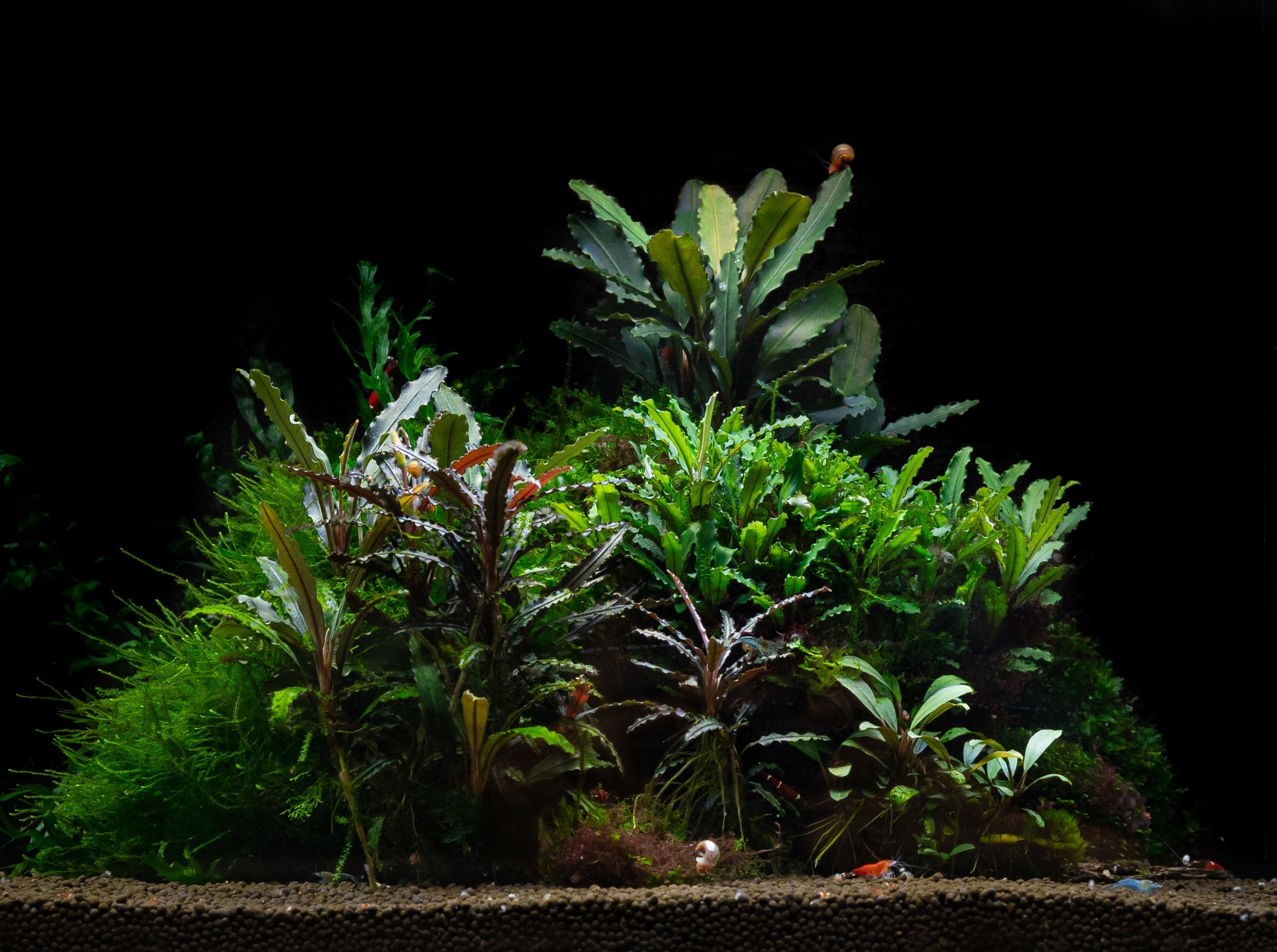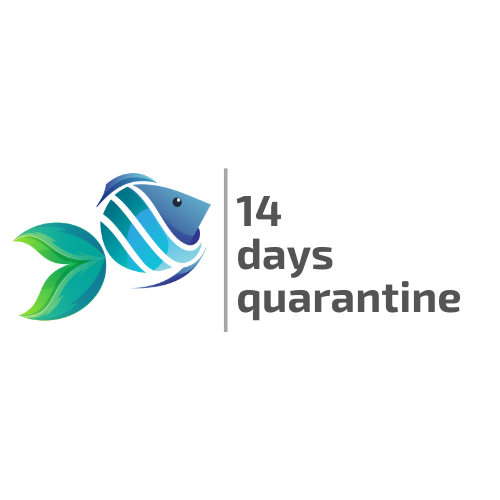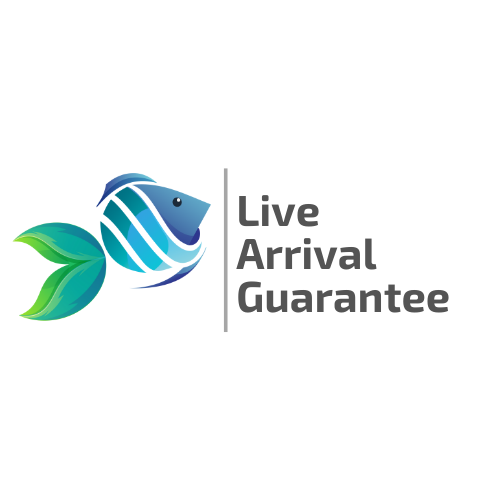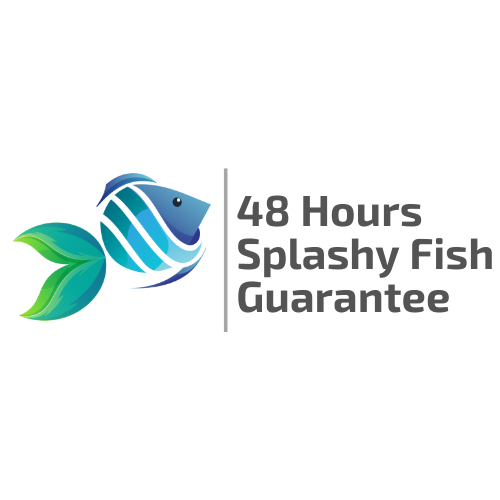Table of Contents
If you’re looking to maintain a clean, healthy, and visually dynamic aquarium, adding bottom feeders is a smart move. These hardworking fish and invertebrates dwell near the substrate, helping remove leftover food, algae, and detritus that accumulate at the bottom. In this comprehensive guide, we’ll walk you through the benefits of having bottom dwellers in your tank and introduce the best bottom feeder fish and invertebrates for both large and small aquariums. Whether you’re a beginner or a seasoned aquarist, this list of bottom feeders will help you create a balanced and vibrant aquatic ecosystem.
What Are Bottom Feeder Fish?
Bottom feeders, also known as bottom-dwelling fish, are species that naturally live and feed near the substrate of lakes, rivers, and aquariums. They typically possess downward-facing mouths, barbels, or sucker-like mouths adapted for grazing algae, scavenging leftovers, or sifting through substrate.
Common features of aquarium bottom feeders include:
- Adapted mouthparts for scraping surfaces or digging
- Preference for shaded or bottom areas of the tank
- Peaceful temperament and compatibility with community tanks
Bottom dwellers include both freshwater fish and invertebrates, and they’re crucial in reducing waste and promoting cleanliness in your tank.

Why Should You Have Bottom Dwellers for Aquarium Tank?
Adding bottom dwelling fish to your aquarium isn’t just about aesthetics; these species offer multiple benefits:
- Natural Cleaners: Bottom feeders consume uneaten food, algae, and detritus, helping to reduce nitrate buildup and water pollution.
- Algae Control: Species like Otocinclus and Bristlenose Plecos actively feed on algae, reducing the need for manual scrubbing.
- Substrate Aeration: Some bottom feeders dig into the substrate, preventing anaerobic gas pockets and helping plants grow better.
- Peaceful Coexistence: Most bottom dwellers are peaceful and stay out of the way of mid or top-dwelling fish.
- Visual Diversity: Their unique appearances and behaviors add character to your tank.
Let’s explore the top bottom feeders that can enhance your aquarium setup.
Siamese Algae Eaters
Siamese Algae Eaters (Crossocheilus oblongus) are among the most efficient algae grazers you can introduce to your freshwater aquarium.
- Size: 5–6 inches
- Tank Size: Minimum 20 gallons
- Temperament: Peaceful and active
- Diet: Algae, biofilm, blanched vegetables, sinking pellets
They are highly sought after due to their ability to consume even stubborn algae types, such as black beard algae. Siamese Algae Eaters are social and do well in small groups, but can become territorial with age if space is limited.
Loach
Loaches are a diverse group of bottom-dwelling fish known for their playful personalities and burrowing habits.
Popular types of Loaches include:
- Kuhli Loach: Snake-like appearance; peaceful and shy; best in groups of 5 or more.
- Yoyo Loach: Highly active and social; ideal for mid to large tanks.
- Clown Loach: Colorful and large-sized; better for experienced aquarists.
- Size: Ranges from 3 to 12 inches, depending on species
- Tank Size: Minimum 20–55 gallons
- Temperament: Social; keep in groups
- Diet: Live/frozen food, algae wafers, detritus
Loaches also help control snail populations in tanks, making them a natural solution for unwanted snail infestations.
Corydoras Catfish
Corydoras Catfish, also known as Cory Cats, are small, armored catfish that thrive in community tanks.
- Size: 1 to 3 inches
- Tank Size: Minimum 10 gallons
- Temperament: Peaceful, schooling fish
- Diet: Sinking pellets, bloodworms, leftover food
Corys are one of the best bottom feeder fish for small tanks due to their compact size and calm nature. They should be kept in groups of at least 4–6 and are perfect companions for nano tanks and planted aquariums. Some popular species include Julii Corydoras, Panda Corydoras, Sterbai Corydoras, etc.
Bristlenose Pleco
Bristlenose Plecos (Ancistrus spp.) are a favorite among aquarists thanks to their algae-eating abilities and small size compared to Common Plecos.
- Size: 4 to 6 inches
- Tank Size: Minimum 20 gallons
- Temperament: Peaceful and shy
- Diet: Algae, driftwood, blanched veggies, algae wafers
Their signature bristles on their face add a quirky visual element. Unlike their larger relatives, Bristlenose Plecos are suitable for community tanks and do not grow too large for average home aquariums.
Otocinclus Catfish
Otocinclus Catfish (often called Otos) are small, hardworking algae grazers perfect for nano tanks.
- Size: 1.5 to 2 inches
- Tank Size: Minimum 10 gallons
- Temperament: Peaceful and social
- Diet: Soft algae, biofilm, blanched spinach or zucchini
They must be kept in groups of at least 4–6 and prefer heavily planted tanks. Due to their small size and sensitivity to water changes, Otos require stable and clean water to thrive.
Freshwater Invertebrates
In addition to bottom-feeder fish, invertebrates like shrimp, snails, and crayfish play a valuable role in cleaning and balancing your tank ecosystem.
Freshwater Shrimp
Aquarium shrimp like Cherry Shrimp, Amano Shrimp, and Ghost Shrimp are excellent bottom dwellers that specialize in algae control and leftover food cleanup.
- Size: 0.5 to 2 inches
- Tank Size: Minimum 5–10 gallons
- Benefits: Great for nano tanks and planted shrimp tanks
- Diet: Algae, detritus, blanched vegetables, shrimp pellets
Shrimp are best kept in species-only tanks or with peaceful tank mates to avoid predation.
Freshwater Snails
Snails like Nerite Snails, Mystery Snails, and Ramshorn Snails are popular choices for algae cleaning and detritus removal.
- Size: 0.5 to 2 inches
- Tank Size: Any size (1–5 gallons and up)
- Diet: Algae, dead plant matter, leftover fish food
Nerite snails are especially prized for eating algae without reproducing in freshwater, making them easy to manage.
Freshwater Crayfish
Freshwater crayfish are larger and more territorial invertebrates, ideal for species-only tanks or with fast-swimming companions.
- Size: 3 to 6 inches
- Tank Size: Minimum 20 gallons
- Diet: Detritus, sinking pellets, plant matter, protein-rich food
Be cautious when keeping crayfish with small fish or shrimp, as they may become prey.
Conclusion
Bottom feeders are an essential part of any well-balanced aquarium. From algae control to waste cleanup, these peaceful bottom dwellers not only help maintain water quality but also bring charm and biodiversity to your aquatic environment. Whether you're building a nano shrimp tank or a large community setup, choosing the best bottom feeder fish or invertebrates suited to your tank’s size and water conditions will set you up for success.
With a combination of Corydoras, Plecos, Loaches, Otocinclus, and helpful inverts like snails and shrimp, you’ll enjoy a healthier and more vibrant aquarium. Visit Splashy Fish tropical fish store to buy these freshwater fish for sale online or at our aquarium store in Virginia for more betta fish for sale, freshwater shrimp for sale, aquarium plants for sale, and aquarium supplies.
Bottom Dwellers Frequently Asked Questions (FAQs)
What do bottom dwellers eat?
Most bottom dwellers consume algae, leftover food, biofilm, sinking pellets, and detritus. Some species (like Bristlenose Plecos and Otocinclus) prefer plant-based foods, while Loaches and crayfish may eat live or frozen protein-rich food like bloodworms or brine shrimp. It’s important to supplement their diet intentionally, as surface-dwelling fish often consume most of the floating food before it sinks.
Can I keep these bottom feeders together?
Yes, many aquarium bottom feeders coexist peacefully, especially when they occupy different niches. For example, Corydoras and Otocinclus are both small and passive, while Bristlenose Plecos can share space with shrimp and snails. Avoid keeping aggressive or large predatory species like some crayfish with delicate shrimp or small fish.
Are these bottom feeders easy to care for?
Most of the species listed here are beginner-friendly and adapt well to a variety of conditions. Corydoras, Bristlenose Plecos, and Cherry Shrimp are especially known for their hardiness. However, sensitive species like Otocinclus and Amano Shrimp require stable, clean water to thrive. Regular water testing, maintenance, and a balanced diet will ensure they remain healthy.



